

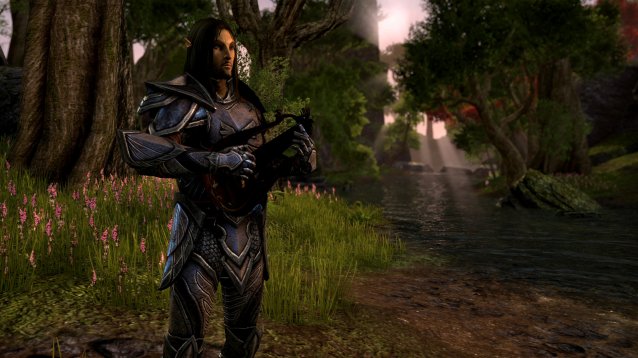
At E3, I had the opportunity to get my hands on The Elder Scrolls Online. What happened next should come as no surprise: an hour sprinted by before I pried my eyes from the computer screen, and, even then, I only pulled myself away because the show floor was closing.
My first foray in ESO naturally began with character creation. I could have spent hours toggling options until I was satisfied with my character’s look, but the Bethesda staff wisely advised me to jump right into the game. What I did see of the character creation screen revealed nine familiar races and the usual fare of customizable options. I impulsively went with a female Nord, made her a sorceress, and clicked through randomized faces until one came up with warpaint not unlike Aela the Huntress’s.
The character attributes and skills screens were structurally closer to what one would expect from an MMO. Gone were the effulgent constellations of Skyrim’s leveling menus. Instead, I had the option of selecting both active and passive skills from tabbed discipline trees. The demo had us starting off with level five characters in order to give us a better feel for abilities. I quickly grabbed a skill called Mage’s Fury—which proved to be a deadly long range burst attack—and dragged it to my skill bar. I did the same with another spell that would allow me to summon a goblin-like familiar, and I finally selected a passive skill called Tri-Focus. These abilities exhausted my available skill points, so all that was left was selecting my character’s weapon. Naturally, as a sorceress, I went with a destruction staff.
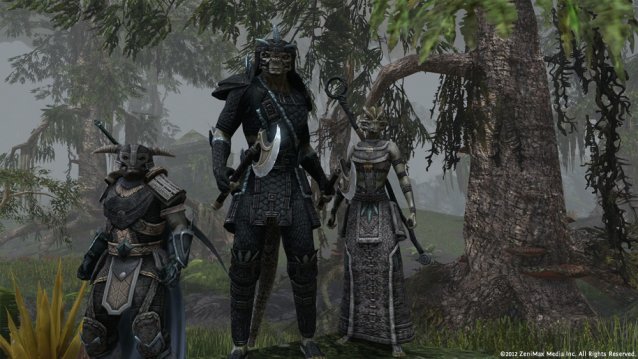
With my character equipped, I entered the world of Tamriel. I found myself on a wooden bridge in the midst of a lush forest. The world had the same muted palette of browns and dim greens that I’d come to expect from an Elder Scrolls title. Dirt paths wove through the woodland in every direction, bearing with them the promise of exploration that figures so heavily into games like Skyrim and Oblivion.
For this session, exploration was not a priority. I was demoing the game with my fellow journalist Katy Goodman, and so the Bethesda staff was quick to encourage us to group up in order to run a dungeon. Katy and I gladly obliged. She sent me a party invite, and we met just inside of a city called Daggerfall.
This particular setting may be familiar to veterans of previous Elder Scrolls titles. Needless to say, Daggerfall looks quite different in The Elder Scrolls Online than it does in The Elder Scrolls II. The town was devoid of other players upon our arrival, but it was not difficult to imagine it as a hub for player interaction upon the game’s official release. Shops and inns were plentiful, and the streets and buildings alike were teeming with quest-touting NPCs.
For now, we blazed past the scenery in an effort to reach a nearby beachhead. We dropped down from the Daggerfall docks and treaded carefully through the water, keeping a weather eye out for any aggressive slaughterfish. A torch icon on our mini map marked the location of a dungeon called Bad Man’s Hollow—our intended destination.
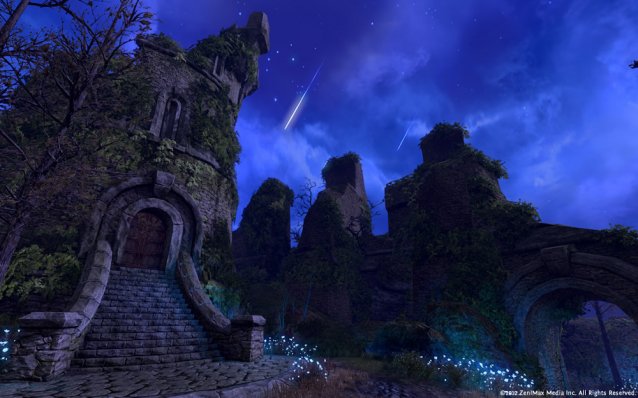
We eventually discovered a small cave. Inside, a friendly-faced NPC invited us to participate in a harvest ceremony. The dialogue box presented me with a familiar set of responses to choose from, and these ranged from a rather plain acceptance of his offer to a query about why he was allowing outsiders to attend. In the interest of time, I selected the first option. The ceremony was taking place at an idyllic glen within the cave, and at the glen’s heart was a towering tree. Our host instructed us to place offerings of apples and grain on an altar before the tree, and that was as simple as finding the illuminated quest items scattered about the glen.
With the grain and apples in place, the final part of the offering called for us to throw dirt on the altar in hopes of securing a bountiful harvest for the future. The moment the dirt left our fingers, we burst into flames and plummeted through the earth. The fire eventually cleared to reveal a complex system of tunnels beneath the glen. Predictably, the harvest ceremony was a trap. Another NPC imprisoned in the tunnels revealed that the tree was a powerful Daedra whom the residents of the glen worshipped. If we wished to escape, we had to find the Daedra’s roots in the tunnels and incinerate them. Standing in our way was a horde of bug-like foes for us to vanquish.
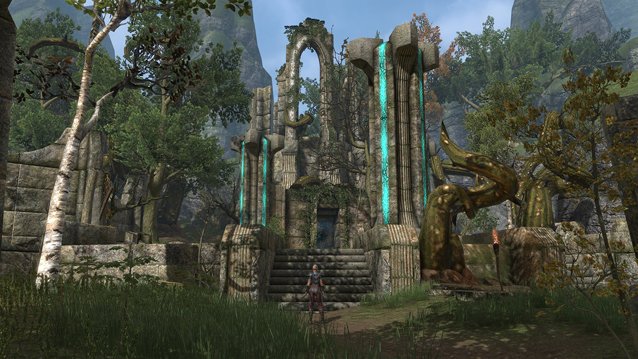
Thankfully, combat in The Elder Scrolls Online is fairly straightforward. A left-click of the mouse unleashes a light attack on enemies; holding down the left-click button hits them with a heavy attack. Incoming attacks may be blocked with a right-click, and illuminated red lines and shapes indicate the size and target of enemy attacks. The skills that I selected earlier were mapped to specific buttons on my skill bar. Regardless of class, such skills are not burdened by individual recharge times—they could be used infinitely so long as players have the magicka to support them.
Actually defeating the enemies proved to be a more complicated matter. Before we entered the instance, we were warned that the game was built to reward patience and not button-mashing. Enemies in groups were equipped with formidable AI. If we were faced with multiple casters, one would inevitably fall back to heal and buff the other. Tank-type enemies would retreat in order to regain health before swooping back in for another assault. Our enemy’s strategic prowess coupled with their general toughness required us to be on point with our combat abilities and combos. It also called for us to have plenty of health potions as our quick-slot items.
Needless to say, we both died a few times while we oriented ourselves with the fast-paced and responsive combat. This was an opportunity in disguise: we learned that, upon the game’s release, players would be faced with two options upon dying. They could resurrect their character at something called a “Wayshrine,” which could be discovered at various locations through exploration, or they could revive their character at their place of death for a small penalty. The precise nature of the penalty has yet to be decided.
Eventually, we learned to capitalize on the combined abilities of our classes. As a Dragon Knight with a two-handed sword, Katy adopted the role of Tank alongside my summoned familiar, while I supplied DPS support from afar with my spells. Our efforts allowed us to escape the tunnels (mostly) unscathed, and our teamwork served us well when we faced off against the namesake of Bad Man’s Hollow. For the sake of not spoiling the experience for future players, I’ll stay quiet about the ultimate outcome of the dungeon and the fate of those occupying the glen.
Weary from our endeavor—and rapidly approaching the end of our allotted time—we returned to Daggerfall. Within those final minutes, we managed to find ourselves embroiled in two additional quests. A farmer near the Daggerfall docks had lost his prize pig, and he anxiously entreated us to confront the accused thief at a local inn. On our way to the inn, we became sidetracked by a dog named Giblets, who begged us to follow him with wide, watery eyes and frantic whines. The dog led us to the corpse of his master. Upon further inspection, we found a note listing three possible witnesses (or suspects) in the corpse’s pocket. The situation seemed like prime fodder for a basic murder mystery, but knowing Bethesda’s knack for storytelling, even a simple crime-solving quest would no doubt grow into something far grander and equally enthralling.

The adventure in Bad Man’s Hollow and the “community service” in Daggerfall illustrate the size and scope of available quests. The Elder Scrolls Online seems to contain the same artful balance of big, dramatic missions and small, poignant side missions that were so plentiful in the preceding titles. More importantly, these quests represent the degree to which the producers have managed to remain faithful to their core content.
That thought brings me to the biggest impression that I had while playing The Elder Scrolls Online: nothing struck me as being out of the ordinary. If any of the storylines from ESO were written into Skyrim or Oblivion, they would fare just as well. Exploring Daggerfall felt much like slipping back into a favorite pair of slippers. Even though the stories were new, the world—and its inhabitants—felt intrinsically familiar. Because of this, long-time fans of the series should feel at peace as the release date for The Elder Scrolls Online approaches. Bethesda sacrificed nothing of their original subject matter when unifying the realm of Tamriel with the mechanics of an MMO. If anything, the potential for cooperative (or competitive) gameplay only adds yet another dimension to an already rich and varied world.
Before we left the Bethesda booth, we had the opportunity to chat with Paul Sage, the creative director for The Elder Scrolls Online. He was able to give us greater insight into the gameplay itself and what we had to look forward to in future builds of the MMO. The interview, in its entirety, may be found below.
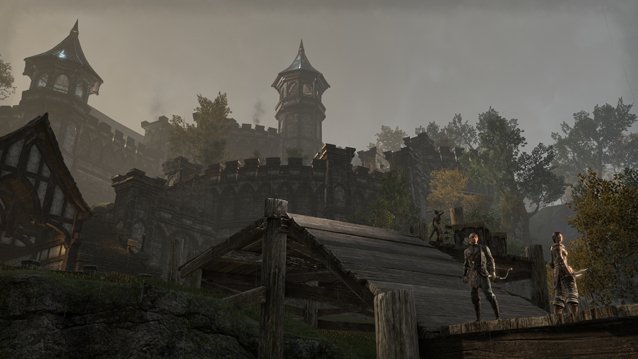
KATY: What is your overall job with The Elder Scrolls Online?
PAUL: I’m the Creative Director of the project, so basically—
KATY: All of the things.
PAUL: Exactly.
ROBYN: What are you most proud of about the project? If you had to pick a single, favorite aspect, what would it be?
PAUL: Okay… so, probably—well, that’s a tough question!
*Everyone laughs.
PAUL: If you look at the art, I think that our art team is amazing. When you see the world for the first time, you see that it’s expansive, it’s beautiful, but then you look at our tech team. Not only do you have this beautiful world, but you also have 200 players on screen at once, which is a pretty huge feat. If you’re playing on PC or Mac, or if you have a machine that’s five years old, [the game] still runs really smoothly. It’s hard to say what I’m more proud of from those things. I think the combat system is also really great. Getting an MMO to feel reactive and feel like something that’s really engaging is a real challenge.
KATY: Yeah, it’s very unique. I had to adjust to it because I’m so used to using the mouse to move the camera, but it’s a lot more interactive now which is awesome.
ROBYN: And you did get the combat to feel reactive, as well. It’s very intuitive.
PAUL: Yeah! We have a combat team, and I think they did a great job.
KATY: It feels like Skyrim, pretty much. Everything looks like how an Elder Scrolls game would look.
PAUL: Today you didn’t even play first person, so you know that’s coming. We’re beta, and we have the first person active now. We’re getting a lot of feedback on that.
ROBYN: How has the feedback been so far?
PAUL: Great. I think the people who want to PVP like to play in third person to get that situational awareness. But if you’re just adventuring in the world, there’s something really cool and engaging about being able to experience it in first person.
KATY: Yeah, absolutely.
ROBYN: There are a lot of easter eggs in Skyrim. Are there any in The Elder Scrolls Online that we can look forward to?
PAUL: I can promise you that there will be tons of easter eggs in the game. Even if it’s not considered an easter egg, a good example is M’aiq the Liar. M’aiq the Liar makes an appearance in Elder Scrolls a lot, so there will be a little bit of M’aiq for everybody. But how is M’aiq here? It’s a thousand years in the past! Why is M’aiq here?
ROBYN: *laughs* That’s a very good question.
KATY: How will the endgame content work?
PAUL: Endgame is really interesting. What is “endgame”? Is endgame level 50? When you hit the level cap, if you completed the main quest in the last zone, you realize that you can move from that to another alliance with the same character. So, you have that whole alliance, but now it’s leveled up to 50 versus if you started in that alliance, so it’s an even bigger challenge. If you get through with that alliance, you can move onto the next. There’s hundreds of hours of content available there. That, you know, is straight content. There’s also the Alliance War that we have. We have dungeons, and if you go through the dungeons—the normal dungeons up to 50—then once you get to 50, you get to play what we call the Master Dungeons. At that Master level, you can go in, and it’s that much harder. It’s not just the same dungeon. It’s got a second story and new areas that have opened up. We’ve talked a little bit about Adventure Zones, but we haven’t revealed a lot of details. Adventure Zones are more like if you have a really big group, and you want to go in and take on large challenges. So, there’s a lot of content planned for what you do once you’ve hit the level cap.
KATY: How big would you consider a big group to be for that kind of stuff?
PAUL: A normal group size is 4, so right now a large group is around 24.
The Elder Scrolls Online is slated for release in Spring 2014. If that’s too long a wait, you can apply to be a beta tester on ESO’s official site.
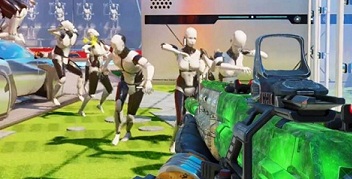

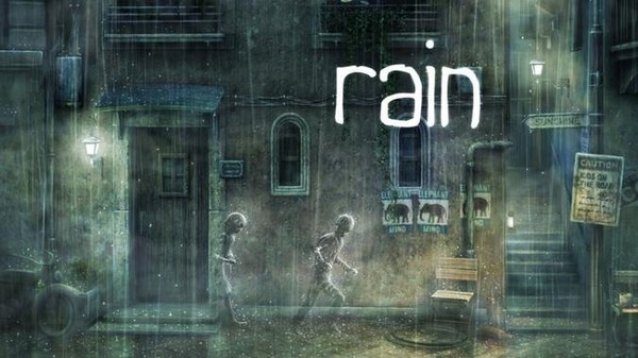

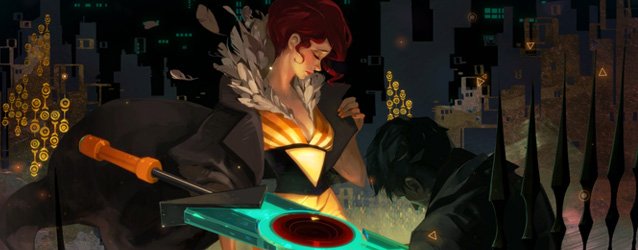 Transistor Review: Awesome()
Transistor Review: Awesome() Mass Effect 3 Glitches Are Outright Bizarre & Hilarious
Mass Effect 3 Glitches Are Outright Bizarre & Hilarious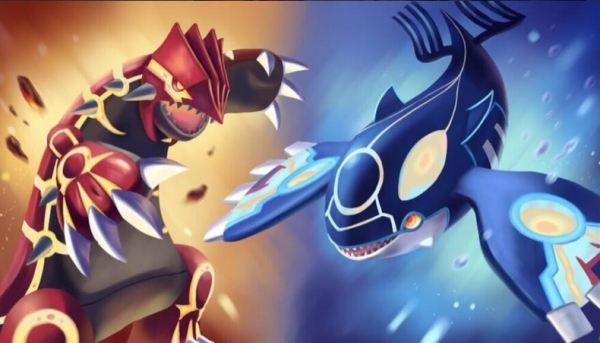 How to use Pokemon Omega Ruby and Alpha Sapphire Poke Balls, Location and All You Need to know about Poke Balls
How to use Pokemon Omega Ruby and Alpha Sapphire Poke Balls, Location and All You Need to know about Poke Balls Halo Reach Wallpapers in HD
Halo Reach Wallpapers in HD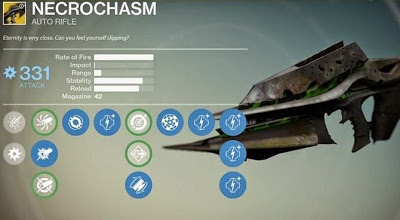 Destiny (PC) New Weapons Guide (DLCs)
Destiny (PC) New Weapons Guide (DLCs)